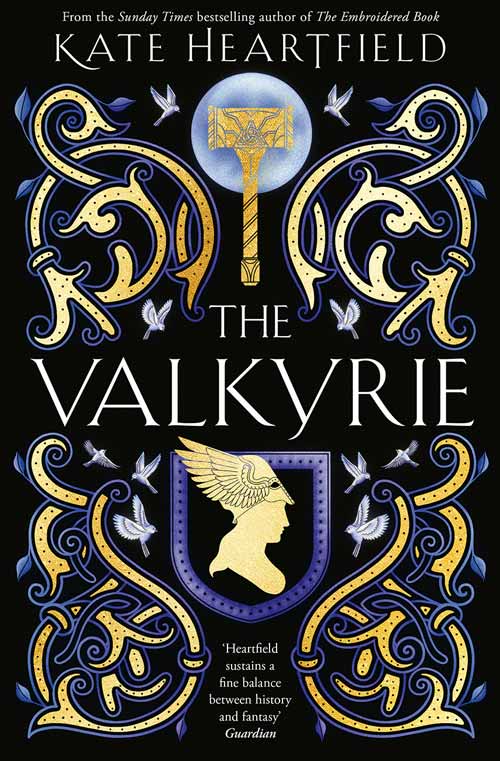Flatlands
1939: World War II has broken out, and twelve-year-old Freda is evacuated from her working-class East End home to the Flatlands, the Wash in East Anglia. Her host family are the Willocks, living on the edge of wild, windswept marsh and sea and eking a hand-to-mouth existence from the land. They force Freda to work for them and are abusive. Wandering alone, Freda meets Philip Rhayader, a conscientious objector who has had fled Oxford University and lives in an abandoned lighthouse. The young man is very different from her, a middle-class student who had a nervous breakdown, partly brought on by a complicated love triangle.
Philip, a painter, and ornithologist, provides sanctuary for wintering birds, and when Freda rescues a goose shot by Mr Willocks, they try to nurse it back to health. Philips broadens Freda’s horizons as they sit in the lighthouse, a place of escape, reading poetry and listening to Chopin while having tea and toast. But war isn’t far away, and the Dunkirk evacuations loom. This causes a crisis for Freda and Philip.
The book was inspired by Paul Gallico’s children’s novella The Snow Goose. It featured the characters Philip and Fritha, and was written after Gallico visited his friend, the ornithologist Peter Scott, who lived in a deserted lighthouse on the Wash and created his first bird sanctuary there.
Flatlands is slowly paced to start with, and Philip and Freda don’t meet till halfway through, which seems disjointed. However, it is a poignant and beautifully written story of friendship amid the horror of war which vividly describes the natural world. You feel you are on this exposed, remote land with Philip, Freda and the birds.










